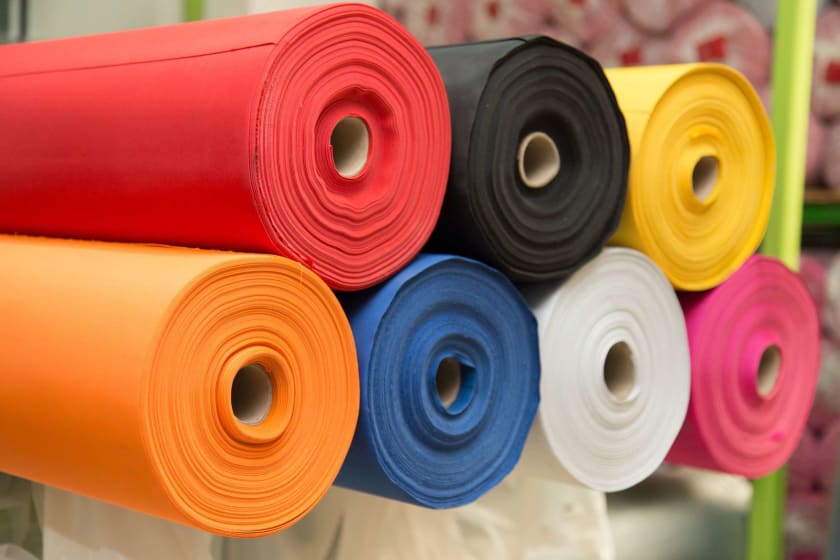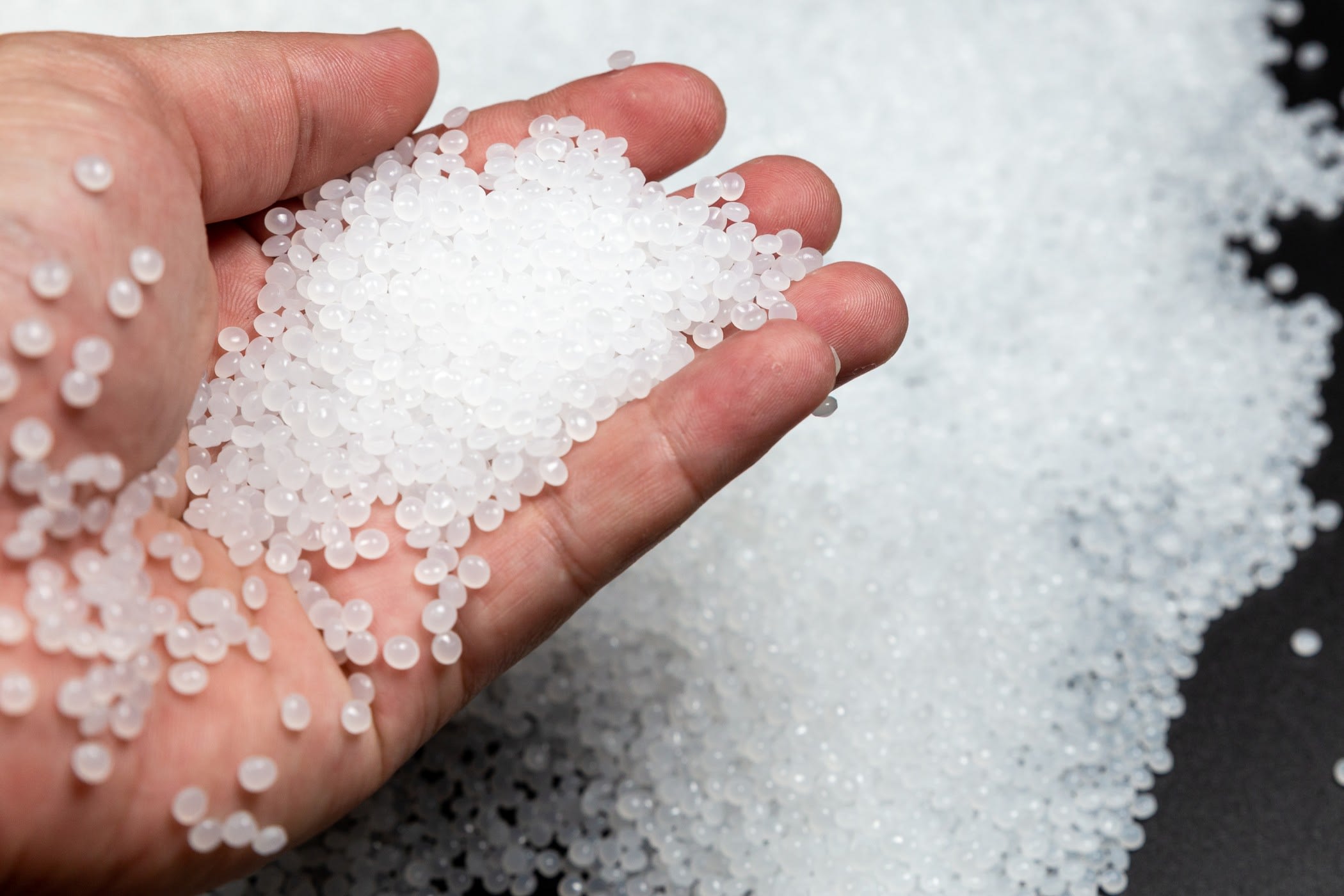How to find fabric EPI and PPI by yourself?



Introduction
A merchant always likes to be aware of the EPI and PPI of the woven cloth while sourcing fabrics. And honestly, it is so straightforward that one can do it while sitting in their chair. However, a retailer may want to get their samples analyzed at a lab if they are unaware of these.
What exactly are EPI and PPI, then?
EPI indicates ends per inch, while PPI is an acronym for picks per inch. For a merchant new to this line of work, one can refer to ends as warp yarn and picks as weft yarn. Often, factory owners may have their lab on site, which can help them get the results much more quickly.
But what if there is no lab and the merchant must send the samples elsewhere to learn the details correctly?
The merchant will have to spend a lot of money and time waiting for the results.
These days, many retailers attempt to self-determine the EPI and PPI of their woven fabrics. They can do it using a relatively straightforward process without requiring specialized testing equipment.
But first, one needs to understand what weft and warps in a woven cloth are.
How can one identify the warp and weft of woven fabric?
Before using any cloth, a merchant should know the distinction between the warp and weft. The best part is that they are simple to identify based on the several traits listed below:
- Strength: Warp yarns are more robust than weft yarns in power.
- Appearance: Warp yarns appear to be more refined and highly twisted than weft yarns.
- Strip/Check Patterns: If the fabric receives colored stripes, the stripe direction shows warp (mainly) (mostly). It is warped if you discover color in a check with an odd number of threads.
- Pulling: It is more difficult to remove the warp textiles from the fabric than the weft fabrics, while the weft fabrics are simpler to withdraw from the material.
- Size: Warps are covered in size materials; however, the weft does not have any size.
In woven fabrics, the PPI is typically lower than the EPI. The measures a merchant can take to self-ascertain the cloth's EPI and PPI are below.
Step 1: Gather the Fabric Swatch
One must take the fabric swatch whose EPI and PPI one wants to calculate. Lay it flat on a table. It is essential, as it eliminates all creases before determining both items. If you know the warp and weft directions, carefully indicate them with arrows.
Step 2: Create a 1x1 inch square on the sample
Prepare the test sample by creating a 1x1 inch square using a pen or a pencil. Mark the lines in parallel to the warp and weft directions. To determine the average EPI and PPI, first cut five squares out of the sample, each from a different location.
Step 3: Counting the number of picks and ends in that square
There may be some textiles where the yarns are thick and visible. Counting the number of picks and ends in that square with a pin or a needle then becomes easy.
However, sometimes the fabric's yarn is so fine that counting the threads with the naked eye is impossible. Remove the weft and warp yarns from the cut squares in those situations. Then determine how many warps and weft are in a one-inch wide and long fabric.
The merchant can quickly determine the EPI and PPI from each of the five samples and calculate the average of the two using the same procedure.
Here is an example:
In the above image of a loosely woven fabric, a square of 1x1 inch is made using a pen. In this square cut, the vertical laid yarns are ends or warps, and the horizontal threads are picks or wefts.
It is easy to count the warps and wefts in this square with a naked eye without using any tool. There are nine warps, i.e., the EPI is nine, and eight wefts; therefore, the PPI is 8.
How to calculate how much EPI a fabric should have?
In the case of an EPI measurement, the threads are arranged against each other with no space in between. But to weave, the weft yarn needs space to pass over and under warp threads.
For a plain weave, the EPI is WPI divided by 2 (WPI stands for warps per inch). So, if there are 24 warps per inch, then 12 ends per inch are needed to give space for the weft to pass.
In the case of a twill weave, the EPI is usually 2/3 of WPI. So, if the warp is 24 per inch, 16 ends are needed for the weft to pass smoothly.
Conclusion
It is not easy to understand these terms in the first instance itself. If the merchant usually gets the samples lab-checked, the first few cases may even have wrong calculations or mistakes. In that scenarios, it is better to get the same tested for the lab as well to check whether the method followed by the merchant is correct or not.
Sooner or later, the process will look simple; the merchant will not need too much time to check the fabric's quality. However, it would need patience before one can become a pro in self-reviewing the material's EPI and PPI.
It is vital to remember whether the sample collected is cut precisely into one-inch squares. Also, there should not be any crease on the cloth swatch. Following these steps will give better and more accurate results, as the chances of counting the warps and wefts increase when everything is in place.

Fashinza is the fastest apparel manufacturing platform where we take care of everything from design to delivery. We provide a new generation supply chain and product development platform for the fashion industry which can help your manufacturing business grow 10 times faster.



















